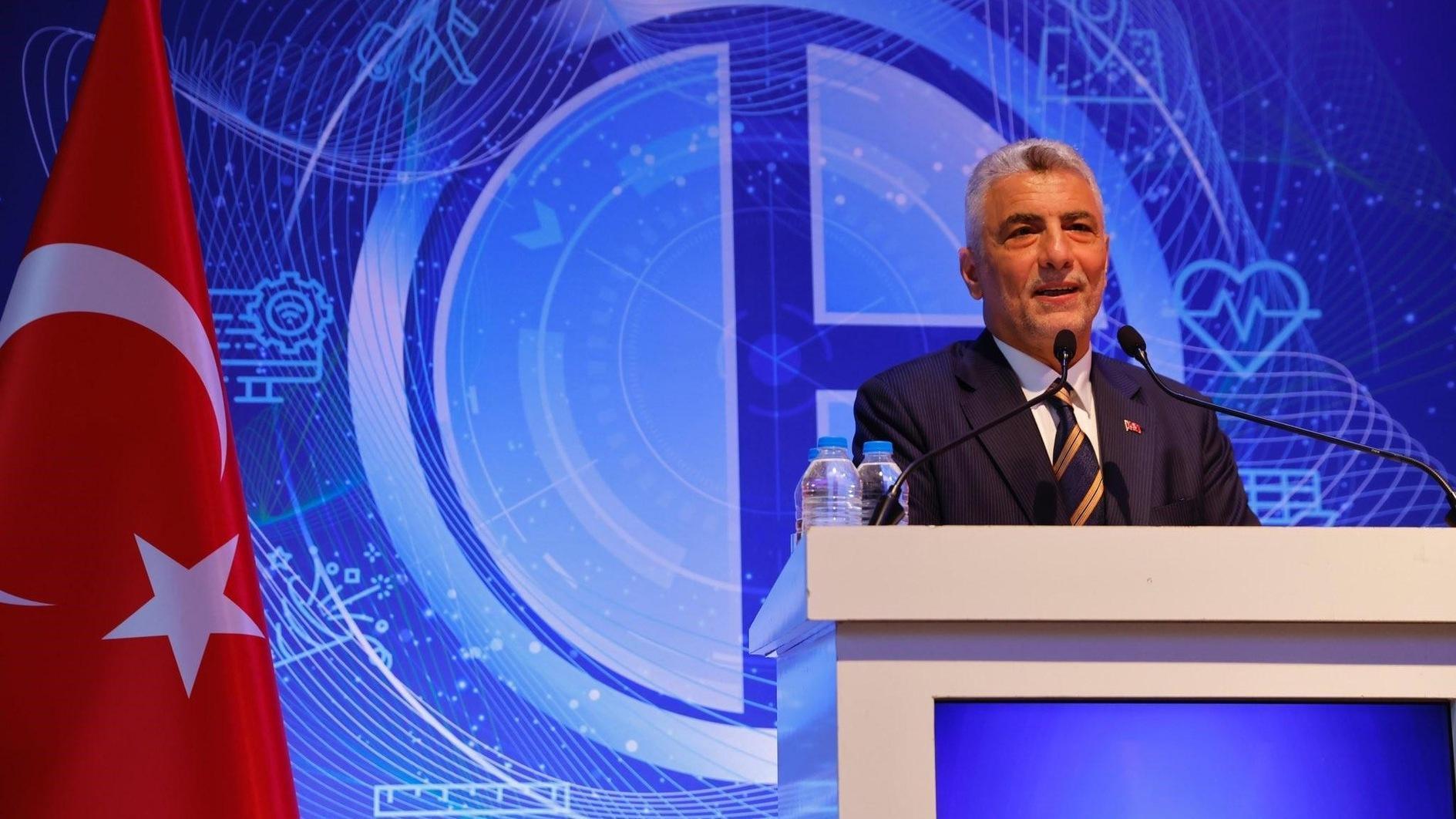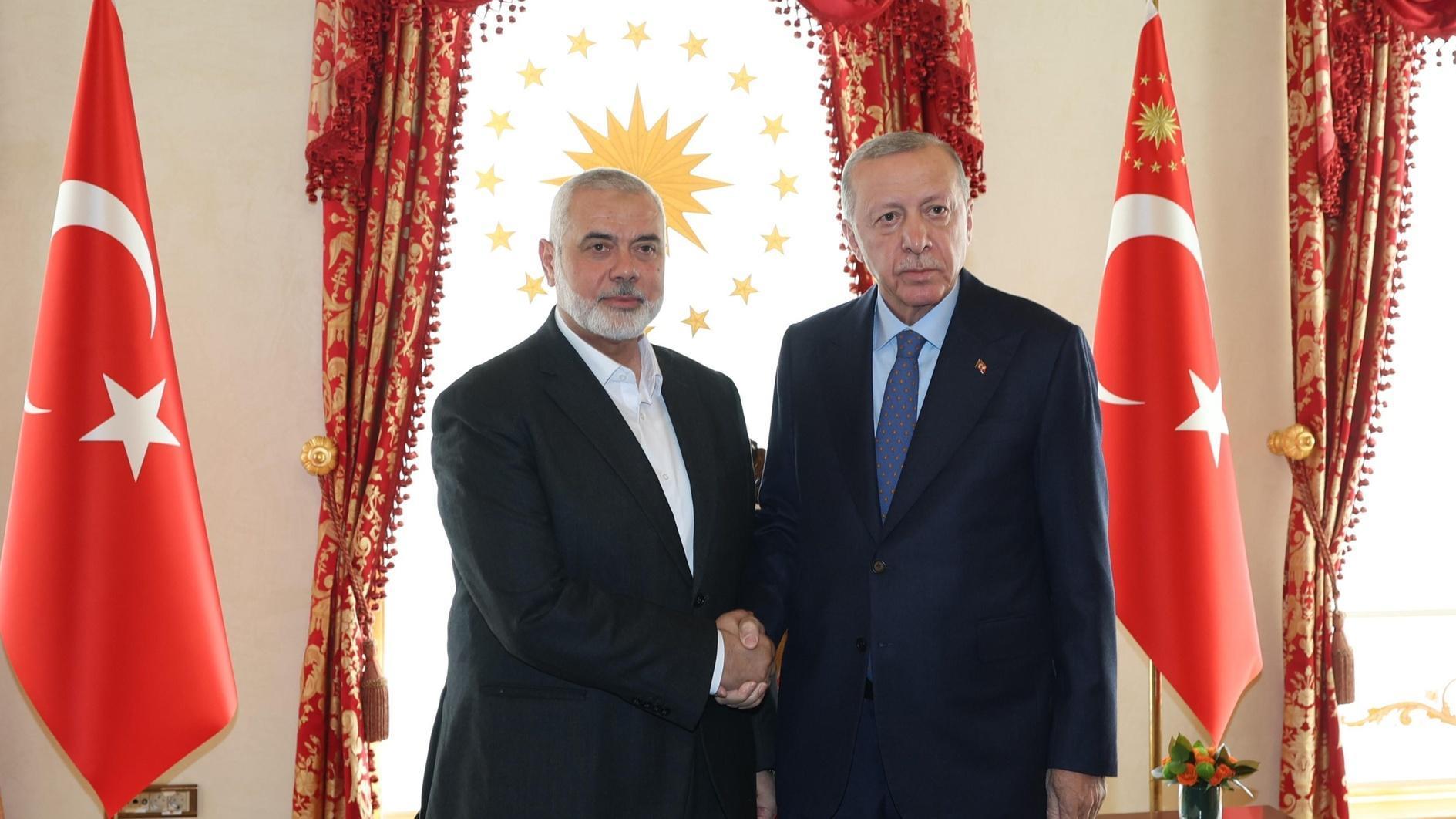Weapons are actually what of Kurds?
If weapons are, as Diyarbakır independent deputy Leyla Zana has said, “The insurance of the Kurds,” then what kind of insurance will this alleged “insurance policy” provide for the Kurds within its current context and content and against what dangers today and tomorrow?
And one more question: Can the perception that regards weapons as insurance now, suggest an “insurance” against those risks that have occurred by means of using weapons?
This is the theme of this piece anyway – the contradiction and dilemma of the culture that regards weapons as insurance.
Before searching for answers to the question, “If weapons are not an insurance for Kurds today, then what is?” let’s take a short look at how the Kurdish movement’s relationship with “weapons” has evolved over time.
The outlawed Kurdistan Workers’ Party (PKK) had hit the end of the road with its Maoist “people’s war” strategy about 17-18 years ago. When the Turkish Armed Forces (TSK) was able to establish power in rural areas around 1994-95, it became obvious that it was impossible for the PKK to maintain “liberated areas.” Thus, it was also impossible to besiege the cities from rural areas.
Since those times, weapons and “armed struggle” have not been the main component of any separatist power strategy in the Kurdish movement. Functionally, weapons and violence are being used as a “tool of negotiation” with both Ankara and the Turkish and Kurdish publics.
At the same time, it is closely related to maintaining adequate numbers of militants for its “armed mountain staff,” which is related to the claim that the Kurdish movement is sustainable and is the psychology of their existence. After all, what is in question is a political culture that is deepened by synchronizing the mood of rebellion with guerilla mythology.
Leyla Zana, by saying “weapons are Kurds’ insurance,” has expressed and confirmed this entrenched culture of the movement.
In fact, in today’s circumstances, “weapons” are now a tool to be abandoned for the Kurdish movement. To eliminate misunderstanding, one needs to be realistic to acknowledge that it is impossible for the PKK to lay down arms “unconditionally and right now” as those who want to portray themselves as peace-loving ones argue. Taking arms away from the Kurdish movement can only be possible at a certain stage of a political and democratic solution process.
Those who took arms in the mountains are captives of the political equations they have formed by taking to the mountains with arms. Thereby, it is much more difficult to come down from the mountains than go up.
Those who tell the Kurds – here in the form of Leyla Zana – to go up to the mountains (as Prime Minister Recep Tayyip Erdoğan recently said in advising Zana to go fight for the PKK) are aware of this fact. However, they have a bigger concern: For the Kurds to start taking to town squares instead of the mountains.
This is the reason why all Kurdish activists, the ones who do not go up to the mountains but opt to make other Kurds take to the town squares, have been detained in the Peace and Democracy Party (BDP) operations disguised as KCK operations that especially accelerated after the Arab Spring phenomenon presented itself in the Middle East.
The is because a “Kurdish Tahrir” will not beget a “Turkish model” nor a conception of legitimacy.
Nevertheless, those who advise Kurds to “go to the mountains” because they fear they will take to town squares have exaggerated concerns.
They should not worry; there will not be a “Kurdish Tahrir.” Even if there were, it would not last long in the squares.
Cairo’s Tahrir was a spontaneous action of masses who did not have any other channel to divert their accumulated rage and hate, who lacked an organization, leader and a guiding ideology. Because of these features, they were not dissolved or dispersed.
Whatever Tahrir lacked is present in the grassroots of the Kurdish movement. Organization, leadership, ideology and politicization; all of these block a spontaneous reaction and action, in other words, the “Tahrir.”
If, for example, the location, duration and dimension of a demonstration is decided by organizational leaders within the sphere of political calculations containing variables, then indeed, no other “Tahrir” takes place.
And, indeed, most importantly, there is this exit to “take to the mountains” to divert the rage; this rage of the youth in the Kurdish political grassroots is looking for a place to flow, and the PKK always presents an opportunity to satiate this rage.
Those in Tahrir were not regarded as terrorists by anybody, whereas Kurdish youth when they take to the mountains, become “terrorists needed to be killed” in the eyes of the public.
A few sentences before she said, “Weapons are Kurds’ insurance,” Leyla Zana also said it was necessary “to widen democratic activism in a very radical way.”
What a major controversy.
The biggest obstacle to “democratic activism” is the “weapons” that Zana regards as insurance. Or, her own mentality that regards weapons as “Kurds’ insurance.”
It is now necessary to be able to see that that mentality is transforming into a drawback just like the weapon itself.
Kadri Gürsel is a columnist for daily Milliyet in which this piece appeared on Jan 16. It was translated into English by the Daily News staff.










